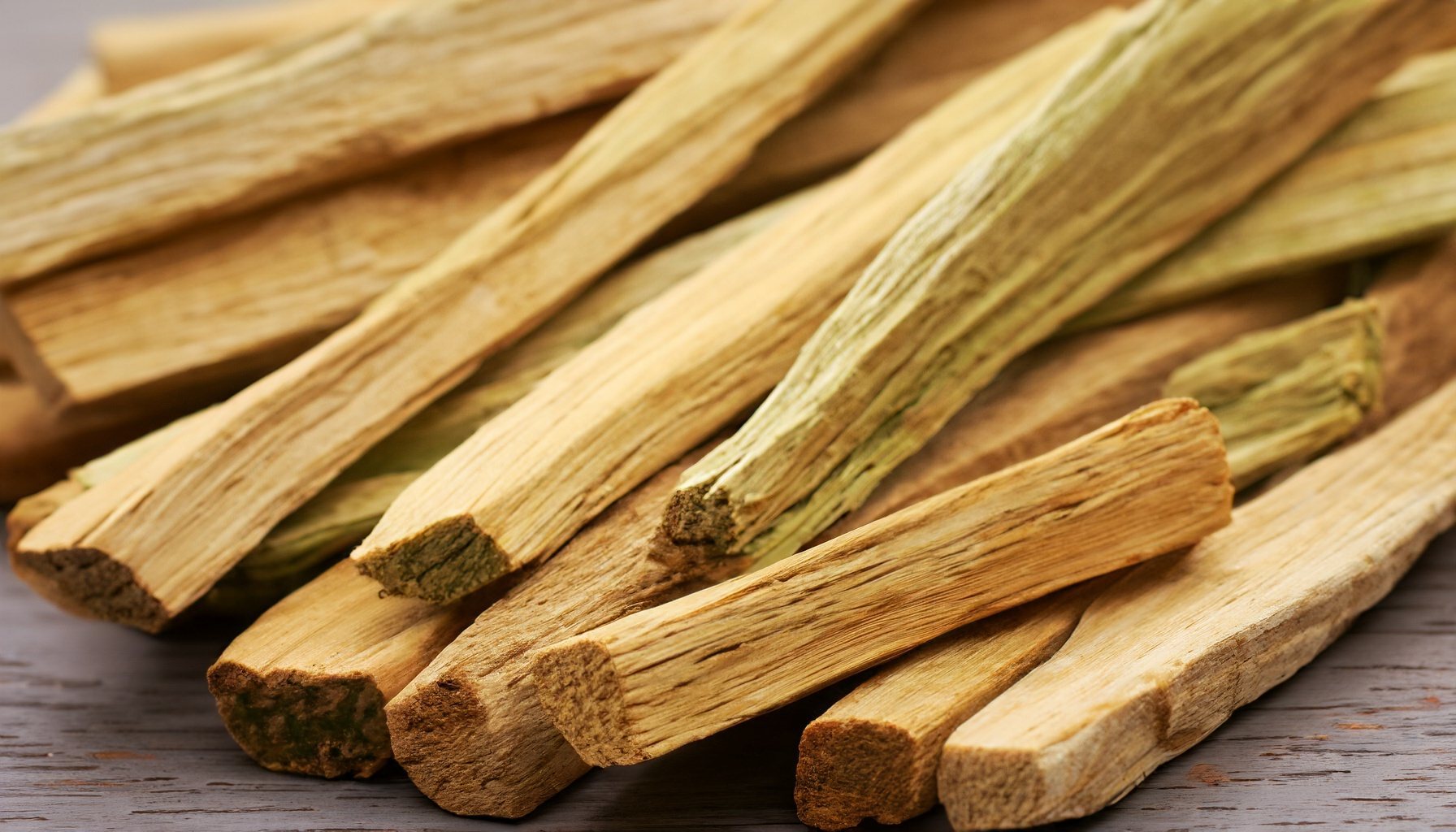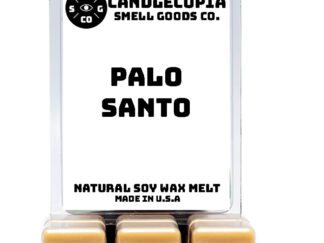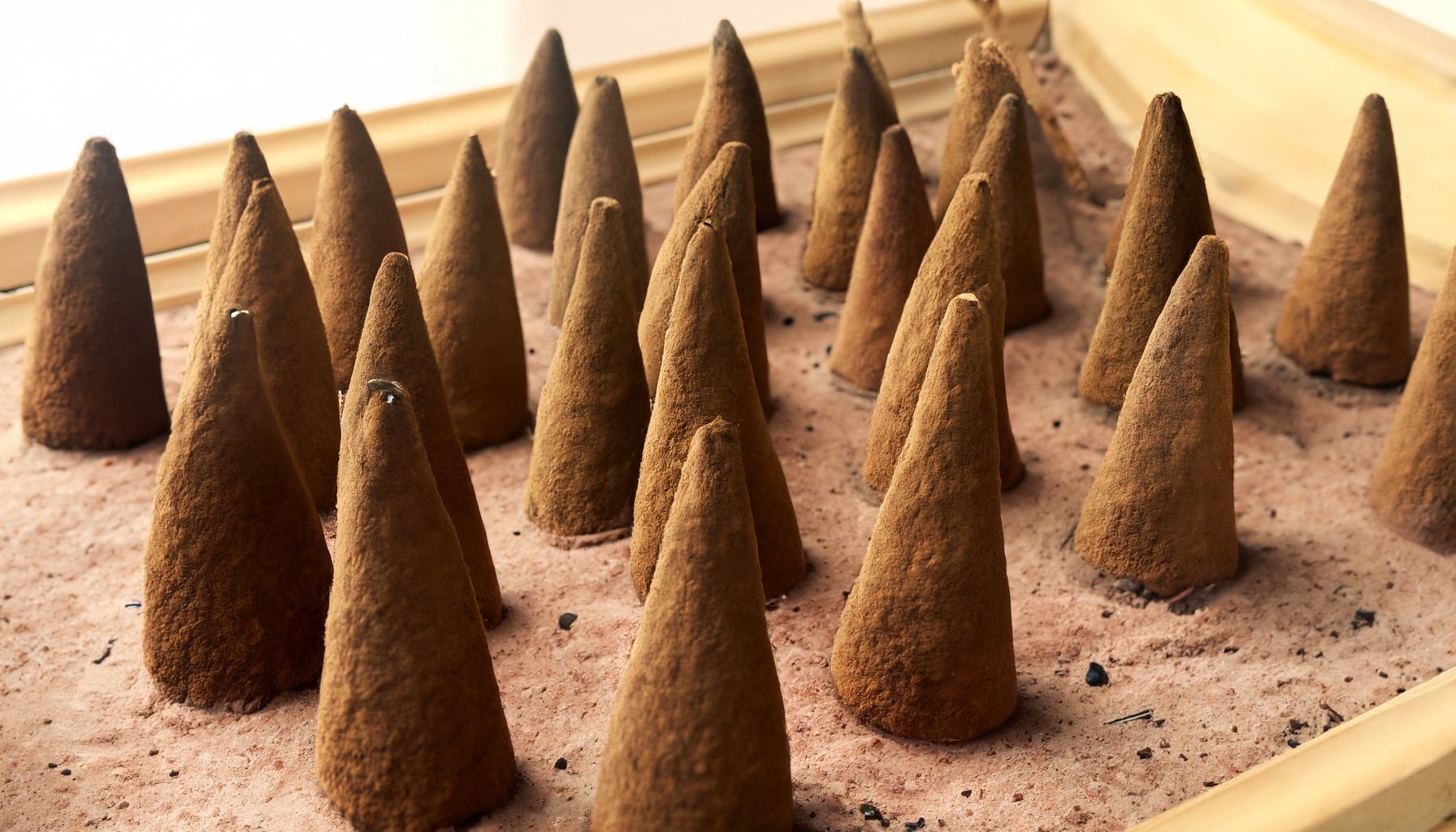
Palo Santo, a mystical “Holy Wood” indigenous to Central and South America, has been celebrated for its multifaceted benefits for centuries.
Palo Santo, or “Holy Wood,” is a type of wood that comes from the Bursera graveolens tree native to Central and South America. It has been used for centuries by indigenous cultures for its supposed spiritual, emotional, and physical benefits.
It is often used in a similar way to incense or sage, to clear negative energy and bring in positive energy. People burn sticks of Palo Santo wood and allow the smoke to fill the air in their homes, around their bodies, or over items they wish to cleanse or bless.
While there isn’t scientific evidence to support all the claims, many believe Palo Santo provides spiritual, emotional, and physical benefits such as stress relief, anxiety reduction, respiratory relief, and spiritual cleansing.
Generally, Palo Santo is safe to use but should be done so with respect and caution. Avoid inhaling the smoke directly and ensure the area is well-ventilated. It’s not recommended for individuals with respiratory issues or sensitivities to smoke.
Hold a stick at a downward angle and light the tip until there is a small flame. Allow it to burn for about 30 seconds, then blow it out. The stick should smolder and release smoke, which can then be directed as needed.
The Bursera graveolens tree is not currently listed as an endangered species, but there are concerns about overharvesting. It’s essential to source Palo Santo responsibly from suppliers who adhere to sustainable harvesting practices.
Yes, Palo Santo essential oil can be a substitute. It can be used in diffusers or applied to the skin after being properly diluted. However, always conduct a patch test to ensure no allergic reactions and consult the instructions or a professional for appropriate dilution ratios.
Palo Santo can be purchased from various sources, including online retailers, holistic health stores, and sometimes at markets or specialty shops. Ensure that the supplier sources the wood sustainively and ethically.
Genuine Palo Santo has a distinct sweet, woody, and citrusy aroma. It should burn relatively slowly and produce a calming white smoke. Be wary of very cheap products or those that lack the characteristic scent.
While indigenous cultures have attributed medicinal properties to Palo Santo, including relief for colds, inflammation, and stress, it’s always best to consult with a professional healthcare provider for treatment of medical conditions.
-
Product on sale
 Palo Santo Wax Melts by Candlecopia®, 2 PackOriginal price was: $11.95.$10.75Current price is: $10.75.
Palo Santo Wax Melts by Candlecopia®, 2 PackOriginal price was: $11.95.$10.75Current price is: $10.75.


